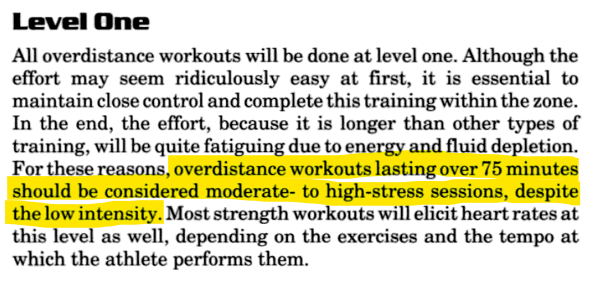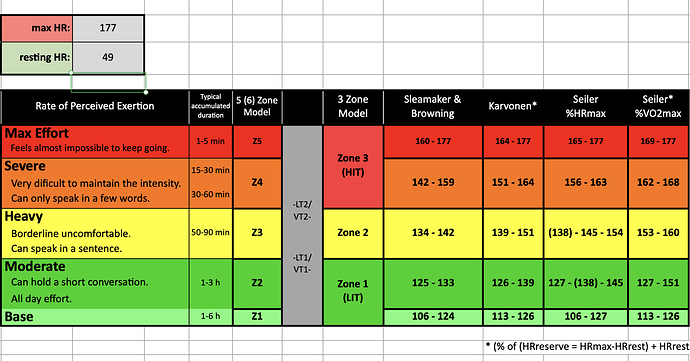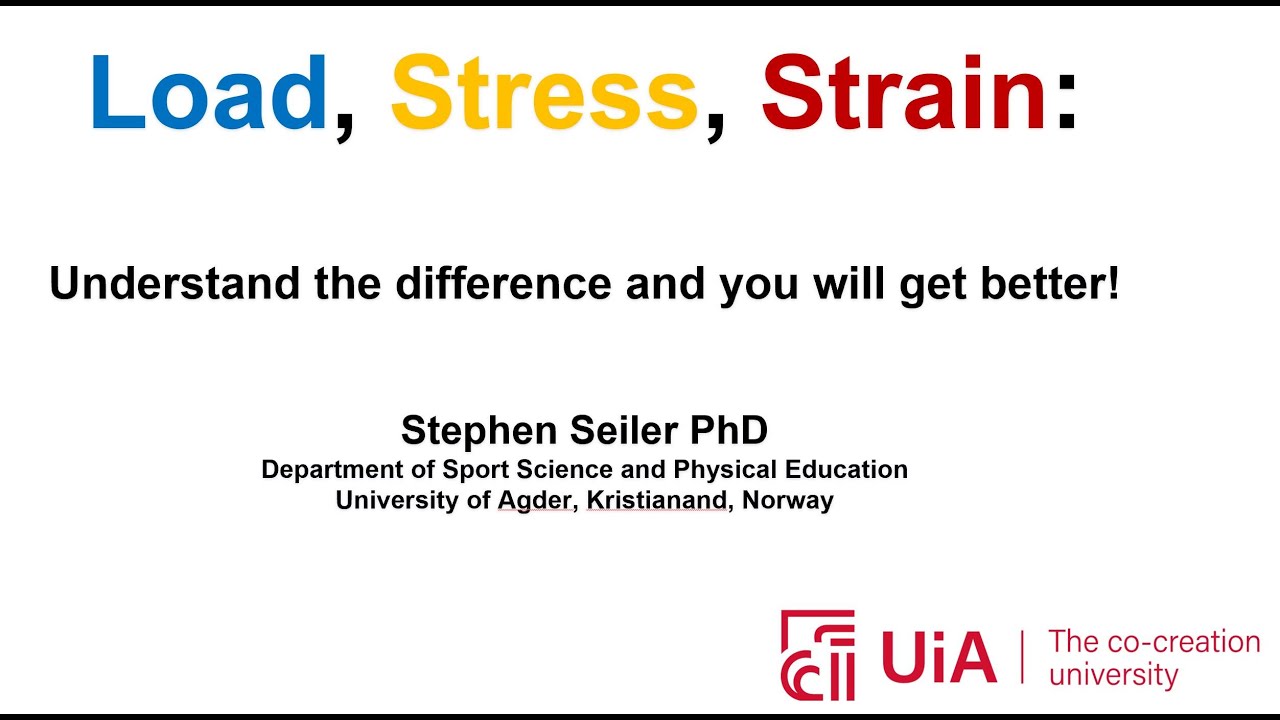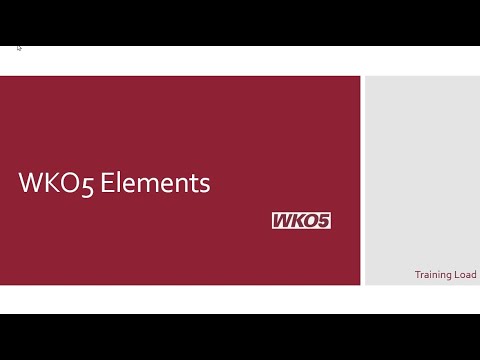Thank you for this @Sven_Braem, it is very clear and succinct. I notice that I also get some inverted decoupling so now I understand why.
there are Connect IQ datafields if you are a Garmin user
Yes, I use it one IQ app when on the road, which one are you thinking of?
I think you’ll find that Stephen Seiler talks duration not sessions. But yes, he doesn’t say its set in cement but 80/20 is a rough guide.
Look up Youtube video “From polarized to individually optimized training in 5 steps” where he uses Olav Tuftes and Ingrid Christiansens training regimes as an example. There are also other videos where he uses Marit Bjørgans training diary, which is also based on duration.
In other videos where he talks duration is HIT intervals and the difference in a 4X5 contra 30X15.
BUT; this wasn’t the point of my initial post. Which was (in a nutshell) does LIT go over into to being a HIT session over time as Sleamaker & Browning seem to suggest? EG. Yesterday I did a 90 minute LIT session on the turbo trainer at the higher end of zone 1 (dark green) in a 3 zone model, that would be Zone 2 in the 5 zone model.
After about 70-75 minutes I started to feel the burn in my thighs. So the question is, still; is Sleamaker & Browning correct? Should I have stopped at eg 65 minutes to keep the session in LIT?
I’m no expert but I would say the answer to your question is no.
The session itself is not high intensity. You’re just not conditioned to ride those watts for that long, so you’re only efficient at those watts for 75 minutes.
The session was not nor will ever be HIT.
Continue at those watts for 4 hours total and your HR will be high, decoupling percentage will be high, your legs will be killing you and you’ll be shattered at the end. That still doesn’t make it a HIT session.
So, no, you need not have stopped at 65 minutes in order to keep the session in LIT
How have you determining your zones?
Have you had a formal “lab” test, eg. blood lactate or a metabolic cart , or are you estimating based on a field test?
What is your zone 1 in % of HR.
@Stephen_Humlen-Grins is this what you are referring to in the book?
They call level 1 the overdistance workouts, at low intensity, but can be moderate- to high-stress session. Stress and Intensity are different terms, and shouldn’t be confused.

source: Serious Training for Endurance Athletes - Rob Sleamaker, Ray Browning - Google Books
Do regular Max HR tests and use the Sleamaker & Browning HR model. Have a lactate test lined up within the next few weeks. I have the equipment but want someone who does it at our local Sports colle
ge to show me how to do it properly.
It’s always better to listen to more than one source, so give this a listen.
I find Tim explains Load, Stress and Stain.
Ignore the WKO5 part of the webinar, but rather listen to the terminology.
Will listen. I’m always open to input…probably why I get confused 
nice HRmax for a pensioner !
Thanks, lucky with genes I think. 
Hi,
Could you please share this sheet?
Tks,
To be honest, I’m not sure how to share this Mac Numbers spreadsheet to here.
if this is a spread sheet just upload to any cloud service (dropbox, etc) and share the link.
Thank you,
Its a MAC Numbers file which I can’t find a solution to uploading.
But this one isn’t far off:-
Are you using a similar calculator to find your HR zones? That’s not going to give you accurate figures.
No, I’m using Sleamaker & Browning model, which Gato Felix wants me to upload but I can’t find a way to do it from my mac. I will be taking a tactic test shortly to define them more accuratly.
If you have trouble understanding San Milan you may want to look into Peter Attia’s video’s on the subject: Q&A on Zone 2 Exercise with Peter Attia, M.D. - YouTube
If you click on the “more” link in the video description you’ll see al subjects he discusses with the timestamps.
In the video he tells that he does 4x 45 minutes of Zone 2 training a week.


